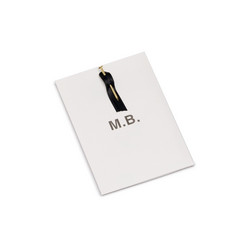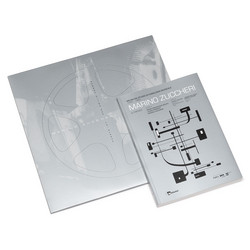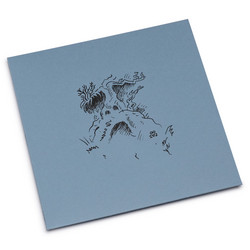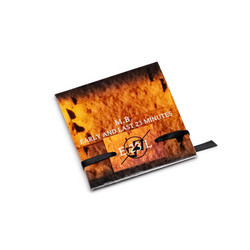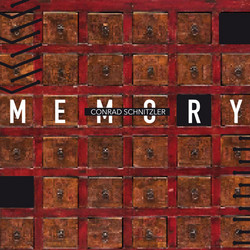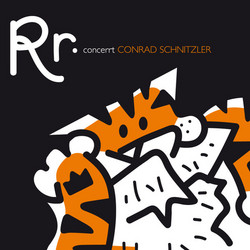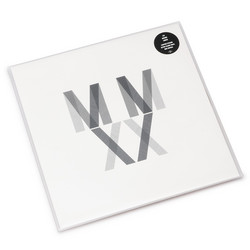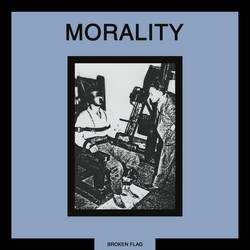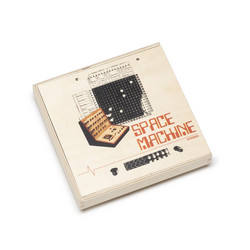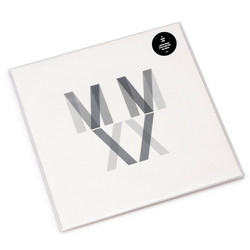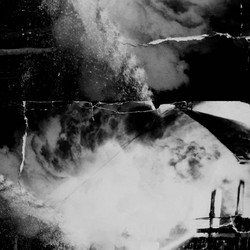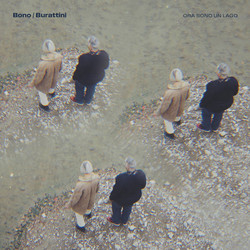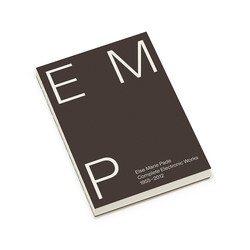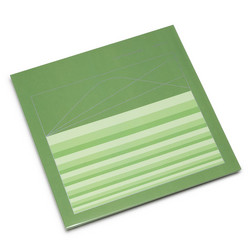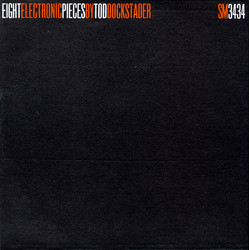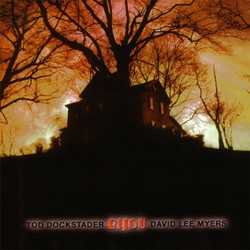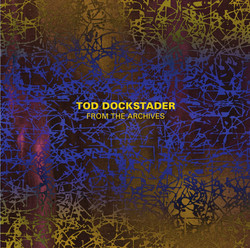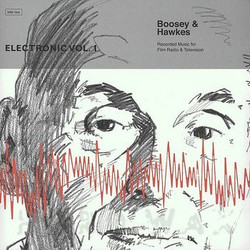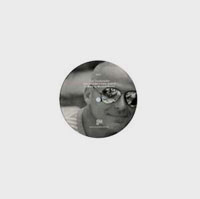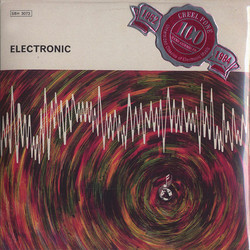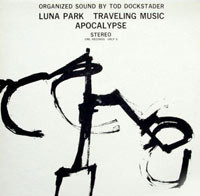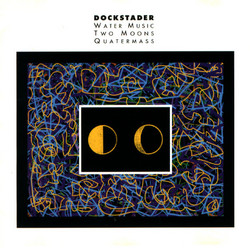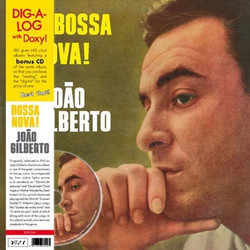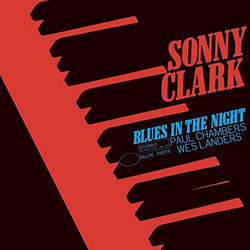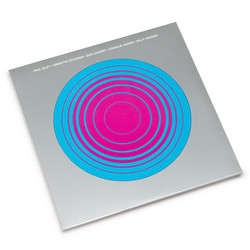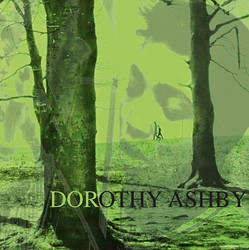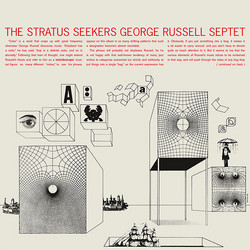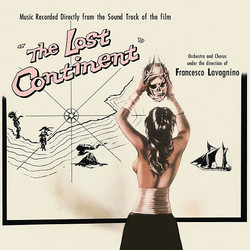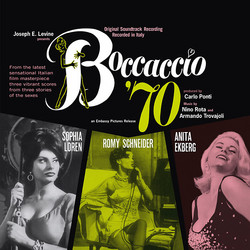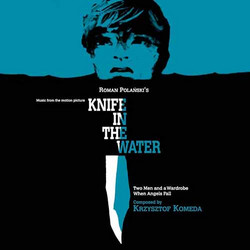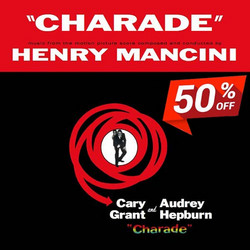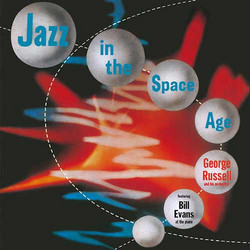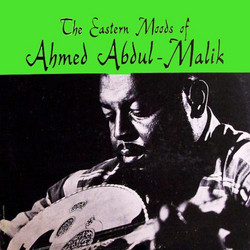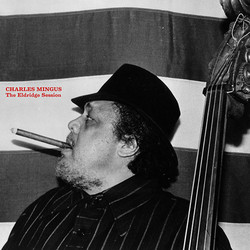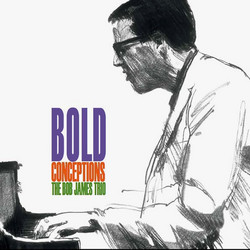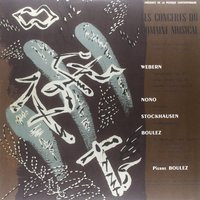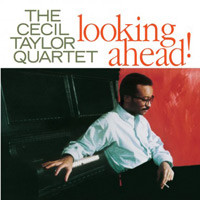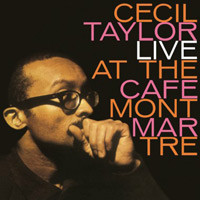Tod Dockstader
Organized sound Drone Two fragment From Apocalypse
Seminal musique concrete recordings from the early 60s, first time available on vinyl (original has been out of print on LP for over a decade, originally published on his private 'Owl' imprint). Dockstader deserves shelf space next to Schaeffer, Henry, Stockhausen, Varése, etc. -- historically vital, minutely detailed experimental electronic music and tape composition. "My choice of the term 'Organized Sound' for my own work was, in part, a tribute to the 'Poéme' and to Varése. I also chose it because, in the 60s, the term 'electronic music' was coming to mean music made purely of synthetic sound, and I was working in both 'concrete' and electronically generated sounds...my 'synthesizer' was one or two sine-wave test generators ('oscillators' in those days) which were 'played' by turning a dial. I forced them to produce harmonics (square waves) by amplifying them into distortion, and got pulse-trains out of them by temporarily rewiring them into instability. The 'notes' they produced were achieved by editing tape, note by note (by note by note...)...it had a muscular joy to it. I think a lot of us had fun up on that singing high wire, teetering between control and chaos, trying to push the sound a little farther toward Something we hadn't heard before, working in it...listening." --Dockstader.ÂÂ
Tod Dockstader was born in 1932 in St.Paul, Minnesota. In 1955 moved to Hollywood to work as an apprentice film editor, cutting picture and sound for animated cartoons including 'Mr. Magoo'. Dockstader became a self-taught sound engineer and sound effects specialist and apprenticed as a recording engineer in 1958. In 1960 his first composition 'Eight Pieces' later to be used in the soundtrack of Fellini's 'Satyricon'. Dockstader was part of the first wave of electronic musicians, who, before the advent of synthesizers in the early 1960s, worked with whatever hardware they could find: reel-to-reel tape machines, sine wave generators and a wild array of homemade circuits and military surplus gear. In the process, they created a universe of electronic music that still sounds unique and prescient today. In the late 1950s, Dockstader worked as a sound engineer at Gotham Recording Studios in New York. At night, he worked on his own music, which eventually led to a series of impressive albums of electronic music, including 'THE ORGANIZED SOUND', which is now reissued on Doxy.ÂÂ
Limited edition of 500 copies.
